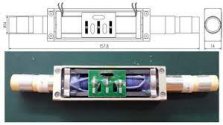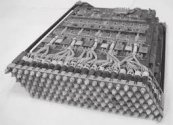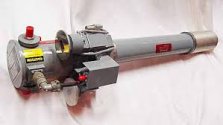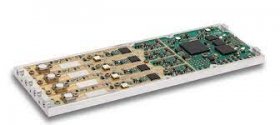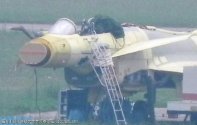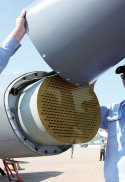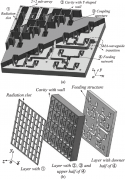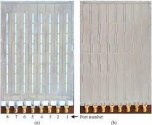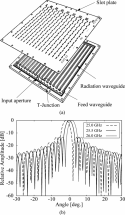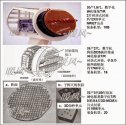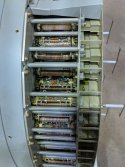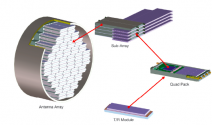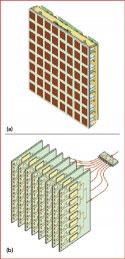Sounds like any Western written article that thinks China is too under developed or low technology for AESA so the array has to be a PESA. When the first Type 052C came out, 'experts' were questioning about it being an AESA, and assumed it was a PESA, because China they claim is too behind for this tech.
I will tell you a good reason why you don't want a PESA on a small fighter, and even less on a plane as small and light as a JL-10.
A PESA is too heavy.
Each element uses a transmit feed that is a heavily shielded co-ax cable, each of the same length, that runs from the element to the transmitter. At the end of the co-ax cable, just below the antenna and the emitter, you got the phase shifter, which looks like a co-ax adapter that is screwed to the end of the cable. At the side of shifter, you got a connector which is how each shifter is controlled. The PESA shifter is made of ferrite-yttrium, and ferrite means its some kind of iron based alloy. So its heavy, and the entire thing is analog.
So you have hundreds of this, with cables sticking out on the back like this that goes to a travelling wave tube which is another bulky thing. The signal going through these cables are analog, and is subject to noise, interference and distortion from all the magnetic fields generated by these components.
View attachment 71356View attachment 71357View attachment 71359
You compare this with an AESA module. A Quad Transmit/Recieve Module is common among aircraft radar types for compactness. Each module has four T/R elements. The phase shifter is a tiny, tiny black IC circuit. You got a D shell connector on the back, the cables are like the ribbon ones you see on a PC, and the communication between this module and the back end computer is digital and binary. Once the signal is converted from analog to digital within this module, the information is saved and there is no distortion and interference. Likewise, on transmit, the signal is digital and converted to analog on this board, then sent to the amps which are tiny black ICs instead of this traveling wave tube thingie, which then goes to the phase shifters, which are also these tiny black ICs, then output at the other end of the board, which is where you put the small sawtooth antennas.
View attachment 71358
So much of your radar is built like a mini server farm. It consists of ICs and PCBs. In material terms, its plastic, silicon and semiconductor, like Gallium Arsenide or Gallium Nitride. Its light.
The reasons why the US and the Soviet Union went with passive phase array for fighter jets, like that on the MiG-25/31 Zaslon, and AWG-9 on the F-14 Tomcat is because, one word...the
Seventies. The digital tech just isn't there yet. The US tried a naval AESA on the USS Long Beach cruiser, and it failed because the concept was too advanced at that time, and the fallback led to the SPY-1 PESA. As for the Soviet Union, they used PESA for a longer period of time because of sanctions that limited their digital technology.
But the J-10B isn't the Seventies. It is by then, the 2000s. China has already implemented its first military applied and accepted AESA at the turn of the decade, the SLC-2, an artillery finder radar. Its first naval AESA, the Type 346, is already being developed for many years, and the design is already finalized before the first Type 052C was laid down. China has no lack of access to digital technology; it is knee deep in it. By the 2000s, its already a major PC manufacturer. You look at other fighter PESA like the first version of RBE2 for the Rafale and that project started in the late eighties. But by far, fighters that started with a slotted array, switched to an AESA on later versions, without going through a PESA stage. The reasons why NRIET never went PESA and went straight to an AESA for the 052C, is probably why you don't see any PESA on the PLAAF, and every airborne phase array in PLAAF service is likely to be an AESA is because NRIET is also the company that does these airborne radars --- including for the J-10, J-11, and J-20. The company started developing AESA early and its built a strong foundation of clear competence on this. Its not likely to develop a PESA already knowing its a dead end technology branch, a deviation from its core competence, would waste valuable development resources and has inherent disadvantages. I don't know if NRIET is behind the JL-10 trainer's radar, but a trainer doesn't need a heavy radar on its nose, and it doesn't need an expensive and powerful radar. Its most likely a slotted array.

